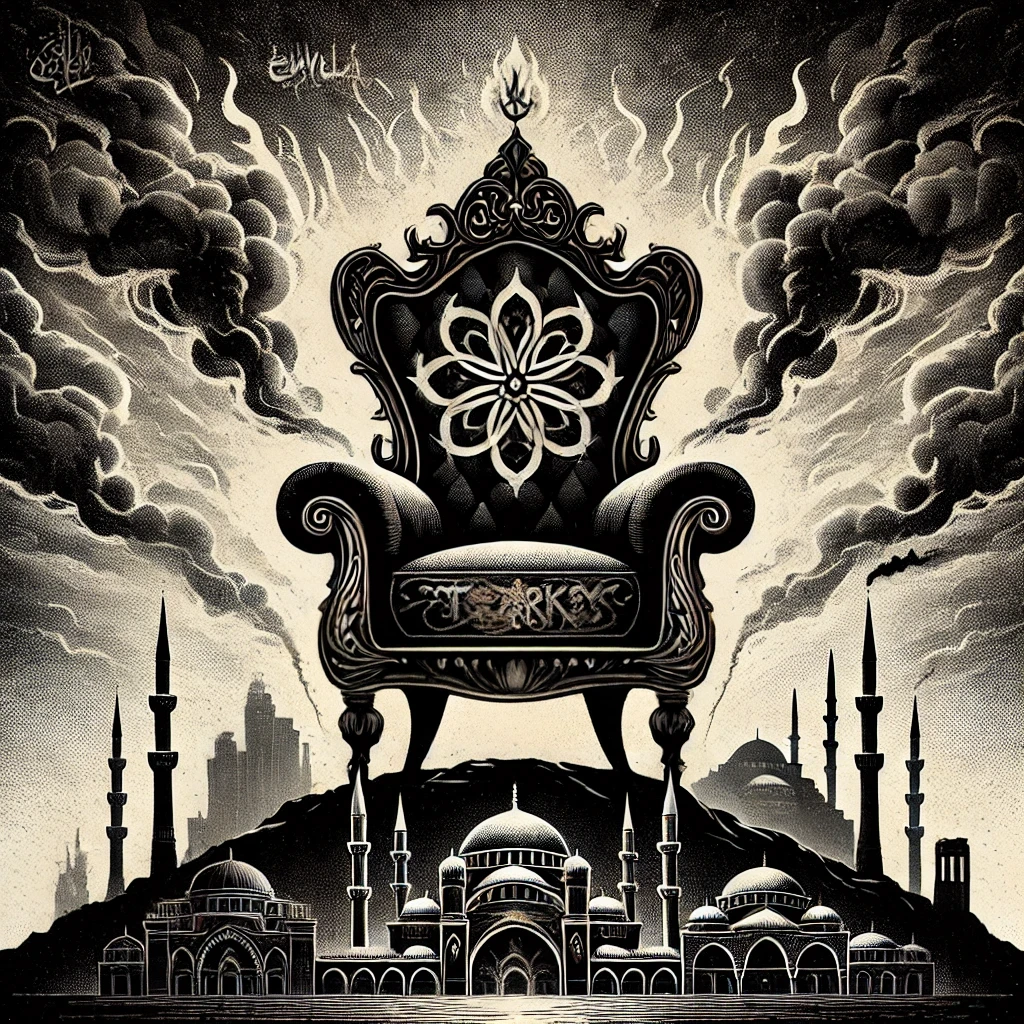The Legacy of Angola Prison: From Slave Plantation to Modern Injustice
Angola Prison, formally known as the Louisiana State Penitentiary, occupies a site steeped in a troubling history that dates back to the era of slavery. Originally established as a plantation in the early 19th century, it has transformed into one of the most infamous prisons in the United States. This evolution from a slave labor camp to a modern penal institution reveals the persistent echoes of slavery and systemic racial injustice.
The land that houses Angola Prison was once a plantation named after Angola, a country in Africa, underscoring a deep historical connection to the transatlantic slave trade. Naming the prison after an African nation serves as a painful reminder of the atrocities committed against countless individuals who were forcibly brought to the Americas. The choice of this name reflects a disregard for the rich cultural heritage of Africa, reducing it to a mere reference in the context of oppression.
The 13th Amendment to the U.S. Constitution, ratified in 1865, abolished slavery but included a significant loophole: slavery and involuntary servitude are permitted as punishment for a crime. This clause has been exploited throughout American history, allowing for a continuation of forced labor practices that disproportionately affect Black individuals. Angola Prison embodies this contradiction, as many of its inmates are descendants of those who were enslaved on the very land where the prison now stands.
Following the Civil War, the plantation system did not vanish; instead, it evolved. Plantation owners sought ways to maintain their labor forces through legal means, leading to the enactment of Black Codes. These laws criminalized poverty and certain behaviors, creating a cycle of arrests that funneled Black men into prisons, where they could be leased back to plantations or used for hard labor. Angola became a key player in this system, where inmates were subjected to grueling labor under conditions that resembled slavery.
In the late 19th and early 20th centuries, Angola Prison utilized convict leasing, a practice where inmates were rented out to private businesses and plantations. This system effectively continued the exploitation of Black labor, as many prisoners were forced to work in the fields for little to no compensation. The prison operated with an occupancy mandate, which pressured administrators to maintain high inmate numbers to maximize profits from leasing agreements. This dynamic perpetuated a cycle of exploitation reminiscent of the plantation system.
Angola’s notorious reputation was solidified by the brutal conditions faced by inmates. Reports of violence, neglect, and inhumane treatment have plagued the prison, drawing attention to the ongoing legacy of racial injustice within the penal system. The majority of inmates at Angola are Black, a stark reminder of the racial disparities that persist in the criminal justice system.
Moreover, Angola has often been referred to as a “plantation prison,” highlighting the direct lineage of its practices to those of its plantation past. Inmates are subjected to harsh labor conditions, often working in fields or performing manual labor without adequate compensation or rights. The prison’s agricultural operations continue to profit from the labor of incarcerated individuals, perpetuating a system that echoes the injustices of slavery.
The psychological implications of Angola’s history cannot be understated. The name itself serves as a reminder of the exploitation faced by generations of Black individuals. The connection to an African country diminishes the cultural significance of Angola while reinforcing the idea of Black bodies as mere tools for labor. This legacy is further complicated by the ongoing systemic inequalities that impact communities of color in the United States.
As society grapples with the implications of mass incarceration, it is essential to recognize the historical context of institutions like Angola Prison. The connections between the past and present reveal a complex web of systemic racism, economic exploitation, and social injustice.
Today, Angola is emblematic of the broader issues within the U.S. criminal justice system, where racial disparities continue to thrive. Advocacy for reform and accountability is crucial to dismantling these enduring legacies of oppression. Community organizations and activists are working tirelessly to address the injustices faced by incarcerated individuals, advocating for humane treatment and meaningful reform within the penal system.
By engaging in conversations about the history of Angola Prison and its connections to slavery, we can begin to confront the ongoing injustices that persist in our society. It is vital to honor the memories of those who suffered and continue to suffer under systems of oppression, ensuring that their stories are acknowledged and their experiences validated.
The legacy of Angola Prison is not just a reflection of the past but a call to action for the present. By understanding this history, we can work towards a future that recognizes and addresses the injustices rooted in slavery and systemic racism.
Academic Sources and Articles
- Alexander, Michelle. The New Jim Crow: Mass Incarceration in the Age of Colorblindness. The New Press, 2010.
- Beckett, Katherine, and Theodore Sasson. The Politics of Injustice: Crime and Punishment in America. Sage Publications, 2013.
- Bureau of Justice Statistics. “Prisoners in 2020.” U.S. Department of Justice, 2021. BJS.gov
- Davis, Angela Y. Are Prisons Obsolete? Seven Stories Press, 2003.
- Forman Jr., James. Locking Up Our Own: Crime and Punishment in Black America. Farrar, Straus and Giroux, 2017.
- Hinton, Elizabeth Hinton. From the War on Poverty to the War on Crime: The Making of Mass Incarceration in America. Harvard University Press, 2016.
- Mauer, Marc. Race to Incarcerate. The New Press, 2006.
- Shakur, Assata. Assata: An Autobiography. Lawrence Hill Books, 1987.
- Stevenson, Bryan. Just Mercy: A Story of Justice and Redemption. Spiegel & Grau, 2014.
- Wacquant, Loïc. Punishing the Poor: The Neoliberal Government of Social Insecurity. Duke University Press, 2009.
Reports and Studies
- ACLU. “The Criminalization of Poverty in America.” ACLU, 2016. ACLU.org
- NAACP. “Criminal Justice Fact Sheet.” NAACP, 2020. NAACP.org
- Sentencing Project. “Report on the Impact of the War on Drugs.” Sentencing Project, 2021. SentencingProject.org
Legal Cases and Ongoing Litigation
- Brown v. Plata, 563 U.S. 493 (2011) – A Supreme Court case addressing overcrowding in California prisons, which highlights systemic issues related to incarceration.
- Ferguson v. City of New York, 2013 – A lawsuit addressing racial profiling and policing practices, shedding light on systemic racism in the justice system.
- Williams v. Louisiana (pending) – This case challenges the conditions and treatment of inmates in Louisiana’s prison system, particularly regarding Angola.
- Graham v. Florida, 560 U.S. 48 (2010) – A Supreme Court case addressing juvenile life sentences without parole, reflecting broader issues of incarceration.
- Jones v. Mississippi, 593 U.S. ___ (2021) – A case involving sentencing practices for juveniles, tying into systemic issues of race and punishment.



